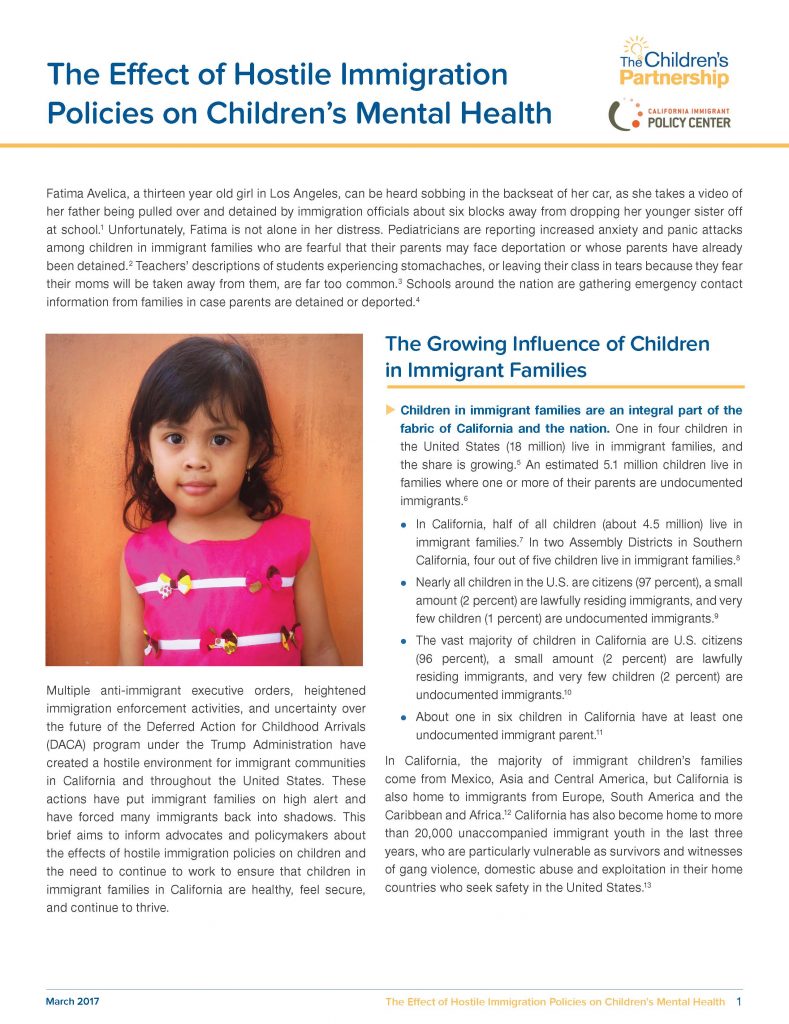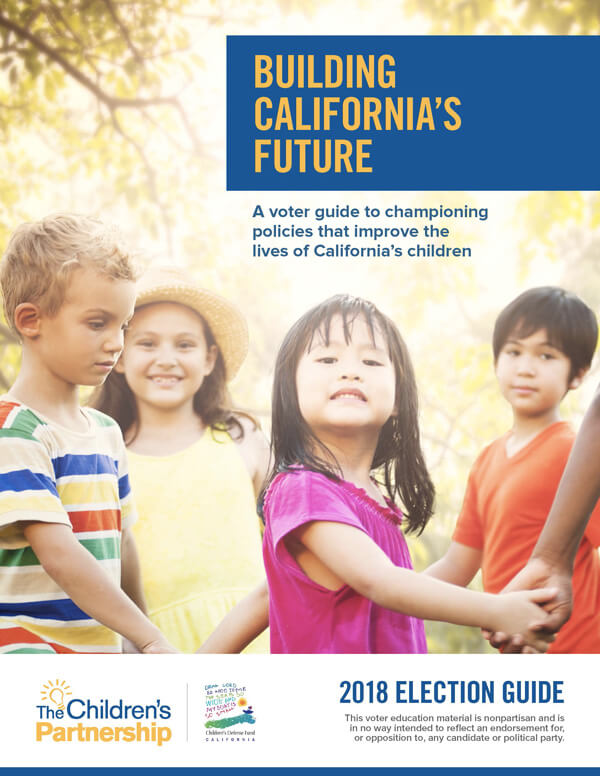
Voter Guide to Improve the Lives of California’s Children

California’s next governor and elected leaders will face critical policy decisions that have the power to uplift children and families and ensure they have the resources and opportunities they need to be healthy, educated, and financially secure. Leaders across the political spectrum have a responsibility to protect children’s health, rights and well-being. As we look to the future, it is critical for us to unite in our continued efforts to prioritize our children.
The goal of this election guide is simple: to champion policies that improve the lives of California’s children, particularly those who have been historically marginalized. We hope the information will make it easier to identify worthy candidates who understand the challenges facing children and families, and who commit to taking action to level the playing field for California’s children, particularly poor children and children of color.
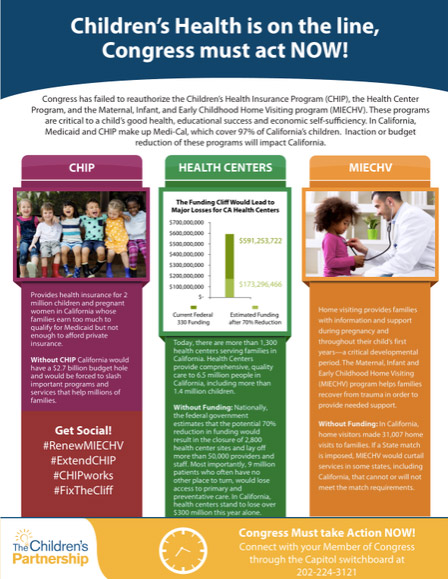
CHIP/MIECHV/Health Center One Pager

Click title to view the one pager.
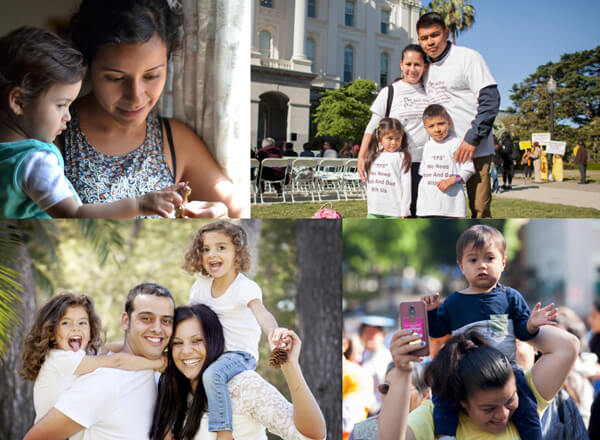
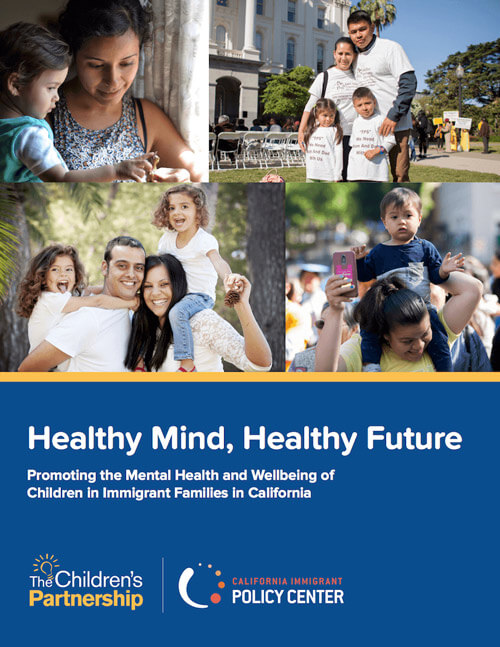
Healthy Mind, Healthy Future
Promoting the Mental Health and Wellbeing of Children in Immigrant Families
Our new report, Healthy Mind, Healthy Future: Promoting the Mental Health and Wellbeing of Children in Immigrant Families, documents our research project, including results from focus groups and surveys among immigrant families, surveys among health care providers, and key informant interviews among a variety of stakeholders throughout California. The report shines a spotlight on promising programs and practices in California that demonstrate how many schools, clinics, and community-based organizations in the state are taking matters into their own hands to help mitigate the increased fear and anxiety among immigrant families.
Read our report to learn what you as an advocate, a health provider, an educator, or as a community member can do to support children in immigrant families, and visit The Children’s Partnership and The California Immigrant Policy Center for updates on our work.
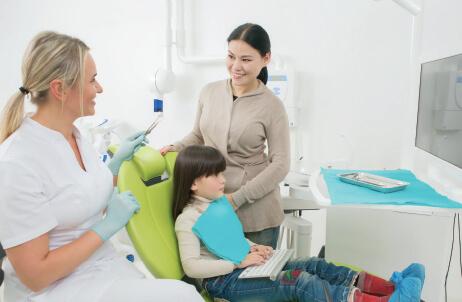
Telehealth Report
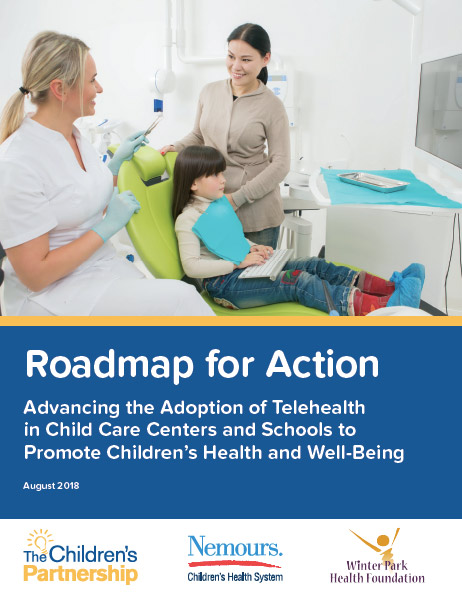
Roadmap for Action
Advancing the Adoption of Telehealth in Child Care Centers and Schools to Promote Children’s Health and Well Being
Our new Roadmap for Action, Advancing the Adoption of Telehealth in Child Care Centers and Schools to Promote Children’s Health and Well Being, developed in collaboration with Nemours Children’s Health System, Winter Park Health Foundation, and NORC at the University of Chicago, is the culmination of many months of hard work beginning with a national convening in January 2018 that brought together a diverse group of experts from thirteen states to share best practices, evidence-based outcomes, and keys to overcoming systemic barriers to implementation of successful telehealth programs.
These successful and innovative programs and the valuable lessons they provide are discussed in our Roadmap for Action with the hopes that their impact on child health access, quality, and care can be replicated in school and child care settings across the country.
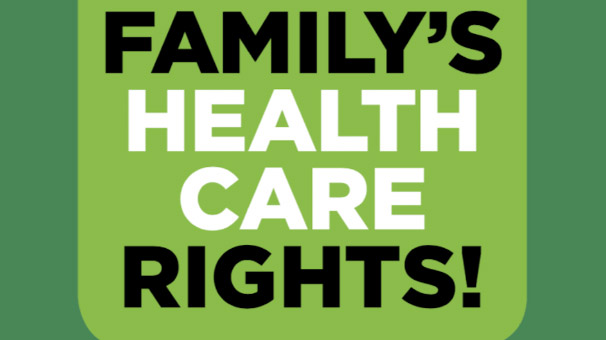
Know Your Family’s Health Care Rights
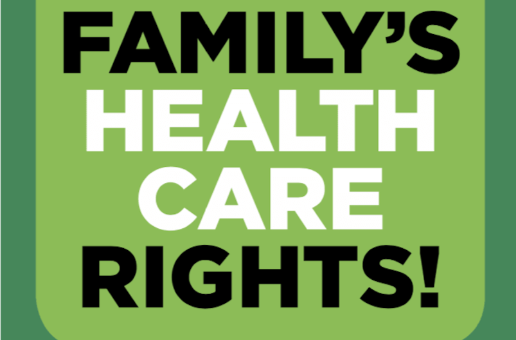
Our new pamphlet includes information on existing options for undocumented and mixed-status families. It outlines health care rights and protections, and it provides information about accessing care locally. Download Here

This brief examines some of the challenges faced by low-income students of color, as well as the innovative solutions that communities are creating to address this need. Using feedback from participants in Teens Exploring Technology’s programs, the brief explores how community-based efforts can play a role in bridging the digital divide, by helping youth gain much-needed skills while also helping them envision a pathway to a STEM career.

Los Angeles Hackathon Report
#HackFosterCareLA was inspired by the first-ever foster care hackathon, held at the White House in May 2016. The Hack Foster Care Coalition identifies foster care hackathons as a way “to use technology to improve the lives of foster youth and families in the child welfare system” by bringing “together tech leaders, child welfare agencies, foster youth and families to develop solutions that make a meaningful difference.”
Real money casinos are transforming the lives and experiences of gambling players across the world. It is good to have an understanding of them before betting with real money. The best real money casinos in 2020 are open to players interested in interactive gaming.
How to Play Real Money Slots. There are 5 steps involved in order to play slots for real money: CHOOSE YOUR ONLINE CASINO – use our recommendations to find a safe and secure casino with great games. You might even like to select a few casinos to take a look at, and why not – that way, you can find out which ones you really like the best.US players currently does not have that many options of where to play high quality casino games for real money. The regulation and laws of online gambling in USA are constantly changing leading to many sites withdrawing from the market. Click here to see our views and a guide to the best and most safe US casino sites for the moment.
Designing California’s New Child Welfare Case Management System to Promote Care Coordination and Empower Youth
- provide a platform for direct communication across the care team;
- gather timely and complete information about a child in care; and
- provide secure access to select information about a child for purposes of care coordination and treatment.
The approach proposed in these recommendations advances the use of bi-directional, cross-sector data exchange in a manner that lines up with new federal Comprehensive Child Welfare Information System (CCWIS) rules.
Good oral health is critical to children’s ability to grow up healthy and succeed in school and life. Yet, nationally and in California, tooth decay ranks as the most common chronic disease and unmet health care need of children. Poor oral health can lead to unnecessary pain and suffering, diminished academic outcomes, and poorer overall health over a lifetime. Further, good oral health is also critical to the health of pregnant women and potentially linked to healthy birth outcomes.
Early childhood home visiting programs, focused on the health and development of pregnant women and young children, can play a critical role in getting children off to a good start when it comes to oral health. Home visiting programs link pregnant women, young children, and parents with trained home visitors who come into their homes and provide coaching, education, and resources to improve their health and wellbeing. By bringing care into the home, children and families are more likely to get the care they need. Home visiting programs—because of their goals and the close and consistent contact home visitors have with families—provide an ideal opportunity for providing early preventive oral health education and services, while also linking families to needed oral health care.
However, the current role home visiting programs play in meeting the oral health needs of young children, pregnant women, and families is not well recognized. Nor are oral health elements of home visiting programs supported to the extent they could be. Drawing from interviews with leaders in the home visiting and oral health communities and a literature review, this issue brief examines how oral health is incorporated into the early childhood home visiting models that serve the largest number of young children in California: Healthy Families America, Nurse-Family Partnership, Parents as Teachers, Welcome Baby, and Early Head Start (home-based option). This brief makes the case for increasing efforts to promote oral health care in home visiting programs and strengthening the relationship between the home visiting community and the oral health community. Finally, it articulates recommendations for next steps for how home visiting programs can further address oral health disparities among young children and pregnant women.
